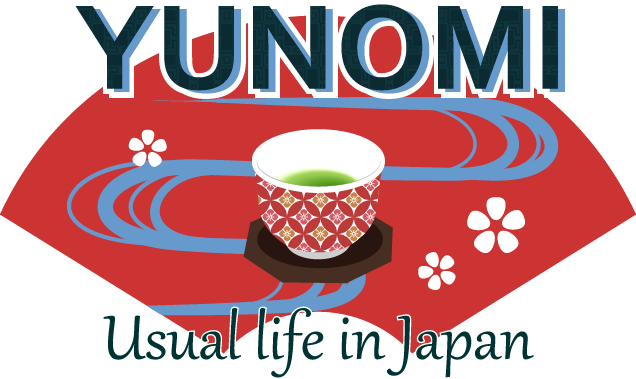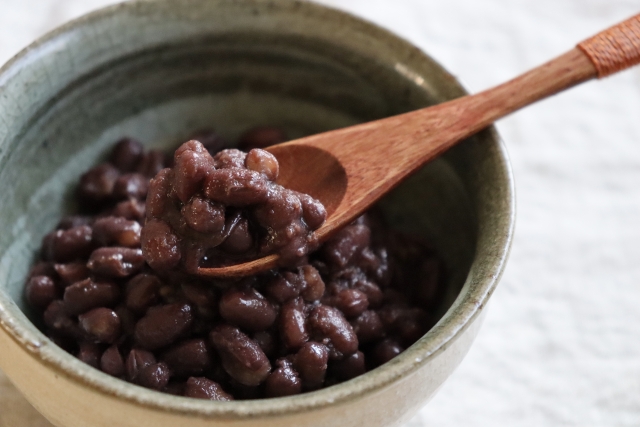At the center of many traditional Japanese sweets lies Anko (あんこ) — a sweet red bean paste made from azuki beans.
Its gentle sweetness, earthy aroma, and smooth texture have made it an essential part of Japan’s dessert culture for centuries.
From Ohagi and Dorayaki to Taiyaki and Daifuku, you’ll find anko in nearly every wagashi (traditional sweet) across Japan.
What Is Anko?

Anko is made by slowly simmering azuki beans with sugar until the beans become tender and sweet.
The result is a thick, sweet paste that perfectly balances natural earthiness with delicate sweetness — never too sugary.
It’s a flavor that pairs beautifully with green tea, whose slight bitterness complements the anko’s warmth.
Two Main Types of Anko
Tsubuan (Chunky Red Bean Paste)

Tsubuan (つぶあん) keeps some of the bean skins intact, giving it a rustic texture and rich flavor.
It’s commonly used in sweets like Taiyaki and Manju, where the slight graininess enhances the traditional taste.
Koshian (Smooth Red Bean Paste)
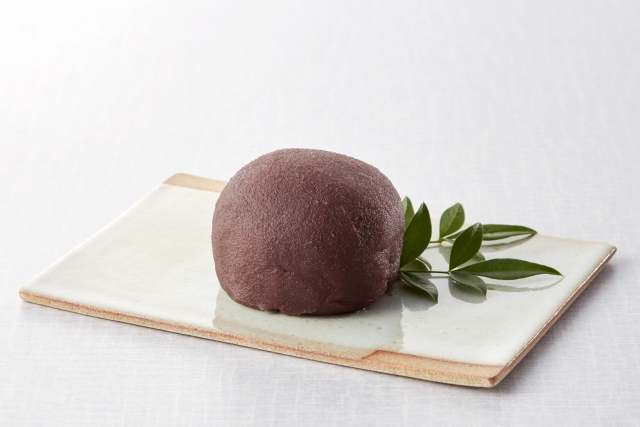
Koshian (こしあん) is made by straining the beans through a fine sieve to remove the skins, creating a smooth, silky paste.
Its refined texture makes it ideal for elegant sweets like Ohagi or Nerikiri, often seen in tea ceremonies.
Other Delicious Variations
While azuki-based anko is the most common, Japan’s regional and seasonal creativity has given rise to several colorful variations:
Shiroan (white bean paste)
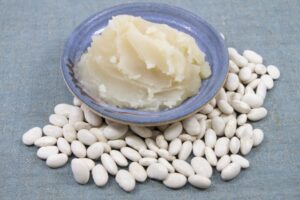
Made from white kidney beans, mild and less earthy.
Kuri-an (chestnut paste)
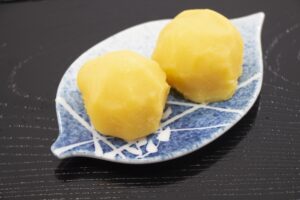
A golden autumn favorite made with chestnuts and sugar.
Zunda-an

A vibrant green paste made from edamame (young soybeans), famous in northern Japan, especially Sendai.
Its fresh, grassy aroma and light sweetness make it perfect for summer sweets and mochi.
Zunda-an captures the essence of Japan’s seasonal sensitivity — taking local crops and transforming them into gentle, refreshing flavors.
A Symbol of Simplicity and Balance
In Japanese cuisine, anko represents harmony — the balance between sweetness and restraint.
Unlike many Western desserts, Japanese sweets rarely aim for overpowering flavor.
Instead, they complement the moment — a mindful sweetness to accompany tea, conversation, and seasonal change.
That’s why anko isn’t just a filling — it’s a quiet symbol of Japanese aesthetics: simplicity, seasonality, and respect for natural taste.
How to Enjoy Anko

Ogura Toast
You can find anko in many forms:
- Inside mochi — like in Daifuku
- Between fluffy pancakes — in Dorayaki
- Inside fish-shaped cakes — in Taiyaki
- As a topping on shaved ice or toast — a modern favorite known as Ogura Toast in Nagoya
However it’s enjoyed, anko connects past and present — from temple offerings to café treats — carrying the same warmth and comfort for generations.
A Taste of Japan in Every Bite
To understand Japanese sweets, you have to understand anko.
It’s more than just a paste — it’s the sweet heart of Japanese tradition, connecting everyday moments with timeless culture.
